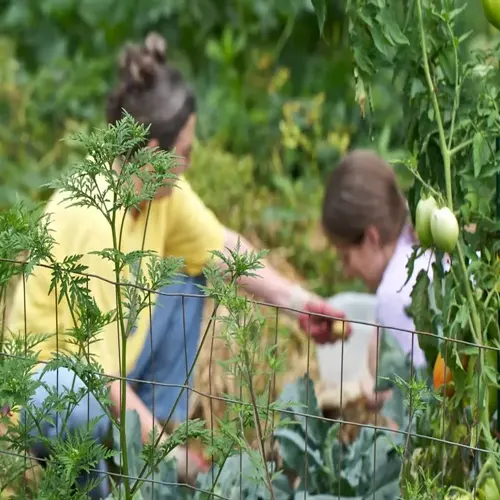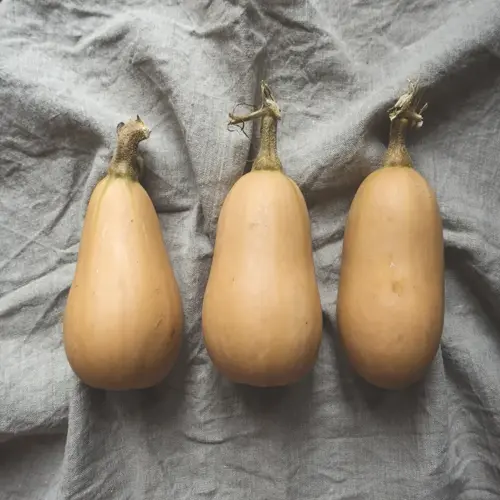Can overripe radishes be used in cooking?

Written by
Nguyen Minh
Reviewed by
Prof. Martin Thorne, Ph.D.Overripe radishes can make great transformations using solid cooking methods. Woody textures become tender, and sharp bitterness dissipates, especially those bad apples. Roasting, stewing, or pickling restores nutrients and creates new flavors. I often rescue lost garden radishes into satisfying meals instead of adding them to the compost pile.
Roasting Technique
- Preheat oven to 400°F (200°C) for caramelization
- Toss radish wedges with olive oil and herbs
- Roast 25-30 minutes until edges caramelize
- High heat converts bitterness into nutty sweetness
Stewing Process
- Simmer sliced radishes in broth at 180°F (82°C)
- Cook 15-20 minutes until fork-tender
- Add potatoes or carrots to balance flavor
- Liquid infusion softens woody fibers completely
Pickling Solutions
- Use 1:1 vinegar-water brine with 2 tbsp salt
- Submerge sliced radishes for 48+ hours
- Add garlic or dill for flavor complexity
- Acidic environment neutralizes bitter compounds
Prepare overripe radishes by trimming damaged ones, removing woody cores from larger varieties, and soaking in ice water for 30 minutes for firmness. For freezing, blanch sliced radishes ahead of time. I always conduct a taste test of small batches before moving on to larger amounts later.
Maximize nutrient retention when cooking. Steam instead of boiling to retain vitamins. Roast at under 400°F (200°C) to avoid destroying nutrients. Quick-pickle instead of ferment to retain antioxidants. Soft and overripe radishes are still a good source of fiber and minerals.
You can prepare delicious foods such as roasted radish tacos. Toss them in cumin before roasting, and now you have roasted radish as a meat alternative. Puree them into chilled soups with buttermilk for a refreshing summer treat. Or, pickle with beets for pinkish condiments. Even my family finds these more appetizing than the fresh radishes.
Store large harvests by pureeing and freezing. Cook until soft, then blend with stock. Freeze the mixture in ice cube trays so that you can utilize a portion at a time. These add moisture and nutrition to mashed potatoes or bread doughs. This method uses all the radishes in your garden.
Read the full article: 3 Signs to Know When to Harvest Radishes

